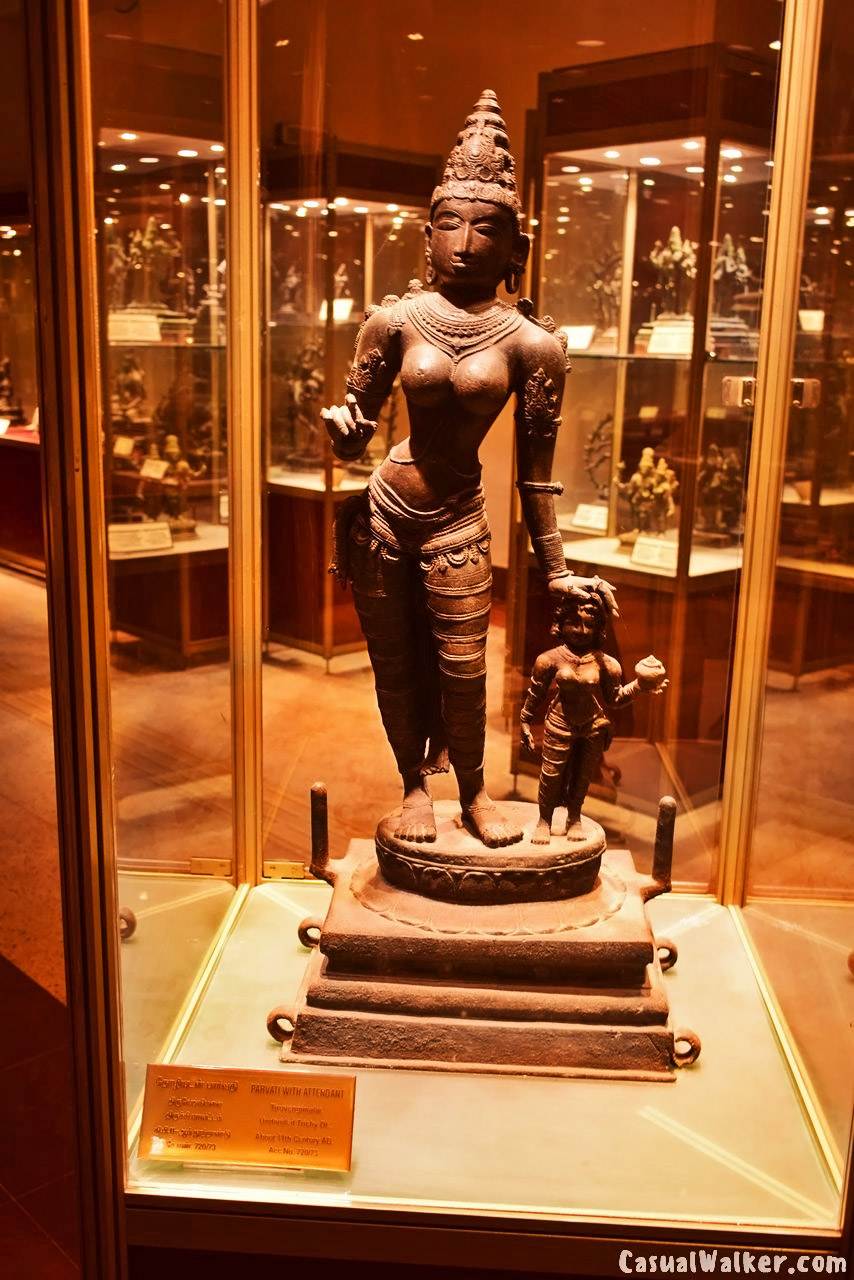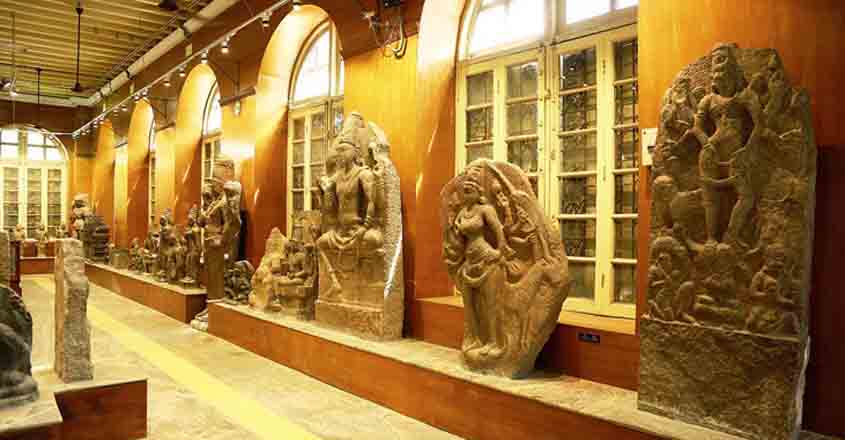ॐ श्री गुरुभ्यो नमः ॐ श्री शिवानन्दाय नमः ॐ श्री चिदानन्दाय नमःॐ श्री दुर्गायै नमः
Source of all Images in this Blog-post : Google Images : ‘Google Image Search’ will reveal the multiple sources of every single image shared here. For more details, kindly see ‘Disclaimer‘
The Government Museum, Chennai, or the Madras Museum, is a museum of human history and culture located in the Government Museum Complex in the neighbourhood of Egmore in Chennai, India.
Started in 1851, it is the second oldest museum in India after the Indian Museum in Kolkata and is the tenth oldest Museum in the World. It is particularly rich in archaeological and numismatic collections.
It has the largest collection of Roman antiquities outside Europe. Among them, the colossal Museum Theatre is one of the most impressive.
The National Art Gallery is also present in the museum premises. Built in Indo-Saracenic style, it houses rare European and Asian painting of renowned artists, including that of Raja Ravi Varma.
It is the third largest museum in the world, and with 0.6 million visitors in 2018. It has the richest collections of bronze idols, 500 of them dating to 1000 BCE, in Asia.
Dive into the Official Website of Government Museum Chennai
The Archaeological Section of the Museum is primarily concerned with the acquisition, preservation and display of antiquities of the historic period of South India.
The antiquities consist of sculptures, architectural pieces, metal and stone inscriptions which have a bearing on the past history and social life of the people of this part of India.
A significant collection of objects representing the industrial arts such as wood carving, ivory work, metalware, inlay and embossed works for which South India has been famous from very early times, is also dealt with by the Section.
The objects mentioned above have been slowly accumulated and preserved in the Museum since its inception. They were organized into the present form about 1938 AD due to the efforts of Dr. F.H.Gravely.
Though prior to the formation of the Section, sporadic research on certain groups of antiquities have revealed the importance of the objects and thus made the Museum well known yet only after the formation of the Section more detailed studies of the antiquities of the Museum were undertaken, and the results of the studies published in a series of Museum Bulletins.
Gradually, the scope of research work of the Section, initiated by Dr.Gravely, was expanded so as to include other allied subjects such as temple architecture. The activities of the Section, thus, increased and as a consequence, it grew rapidly in size.
Collections
The collections of the Section may be grouped as follows, each group being important and interesting in its own way:
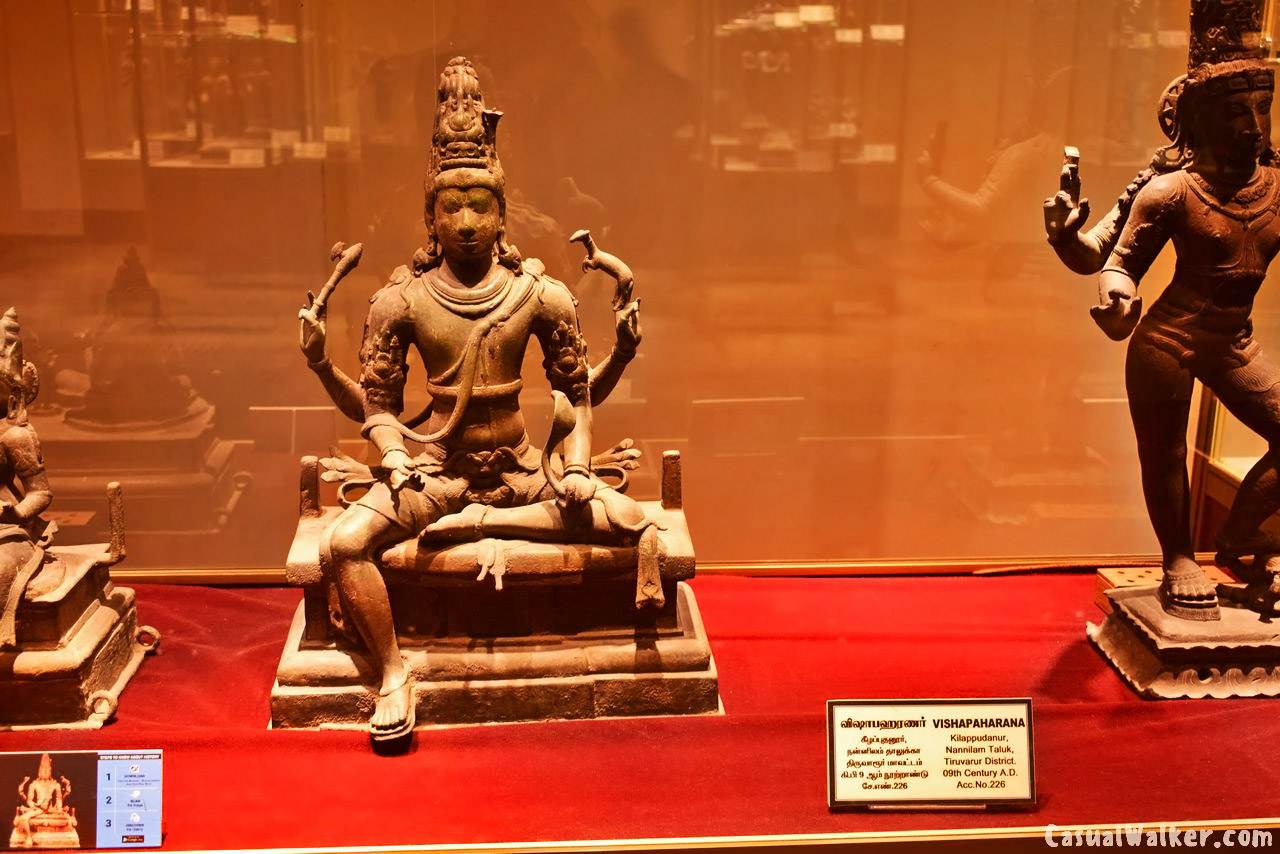
(1) Bronze figures, (2) specimens of sculpture and architectural pieces, (3) inscriptions and (4) industrial art objects.

The study of the objects of the first three groups is essential for a proper evaluation of the levels of culture reached by the people of the different periods and localities to which they belong.
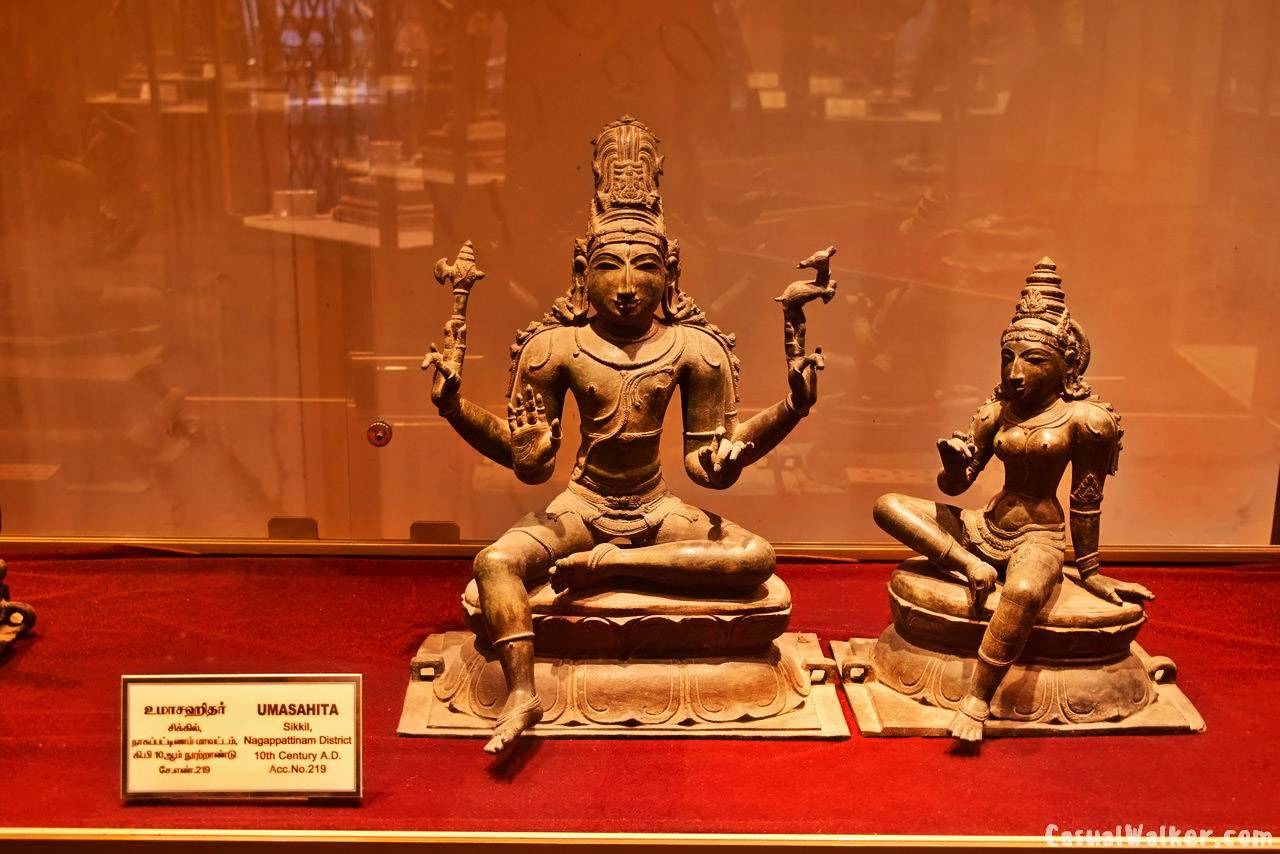
The inscriptions are, however, the main source for the history of the country as also for its social life.
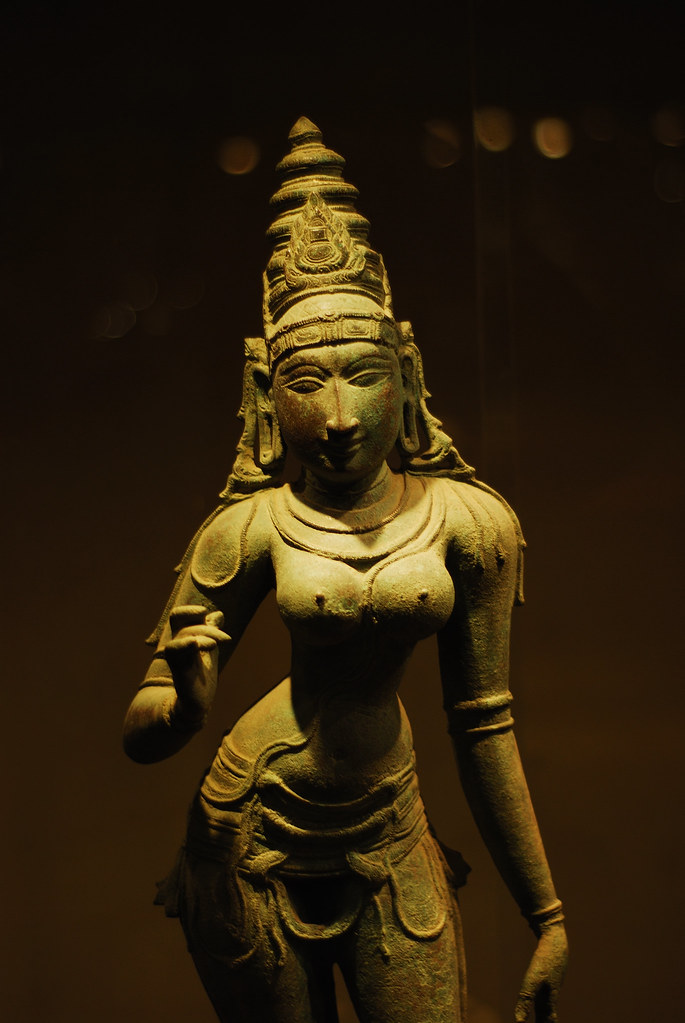
The study of the specimens of the industrial arts reveals how dexterous the South Indian craftsmen were in their application of various art motifs to objects used in daily life or on ceremonial occasions.
Bronze figures
By far the best known objects of the Section are the metal figures. There are over 1500 of them in the Museum, of which about 85 are Buddhist, about two dozen Jain and the rest Hindu.
This Museum is perhaps the only institution in the whole world, where such a large collection of metal figures is assembled under a single roof.
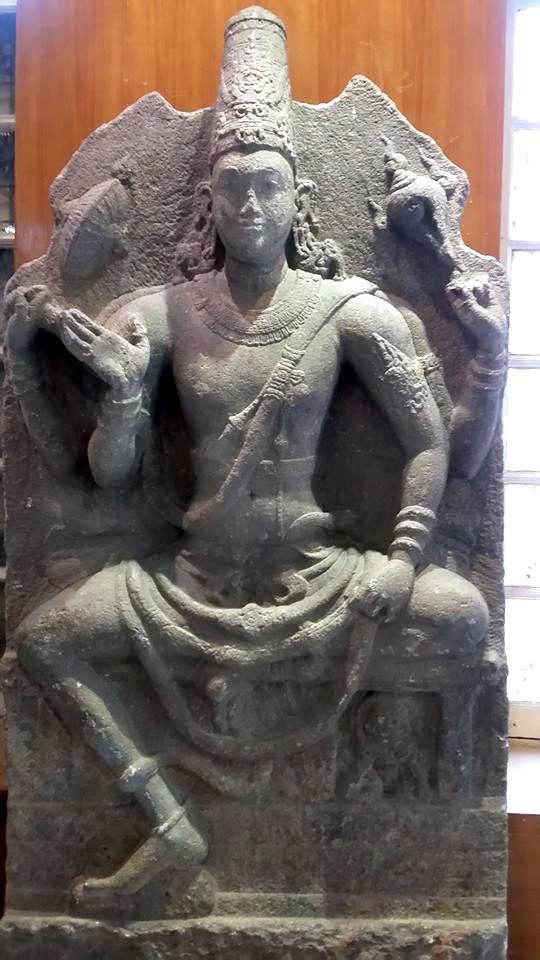
One must remember here that there are countless figures of this kind in the innumerable temples of South India.
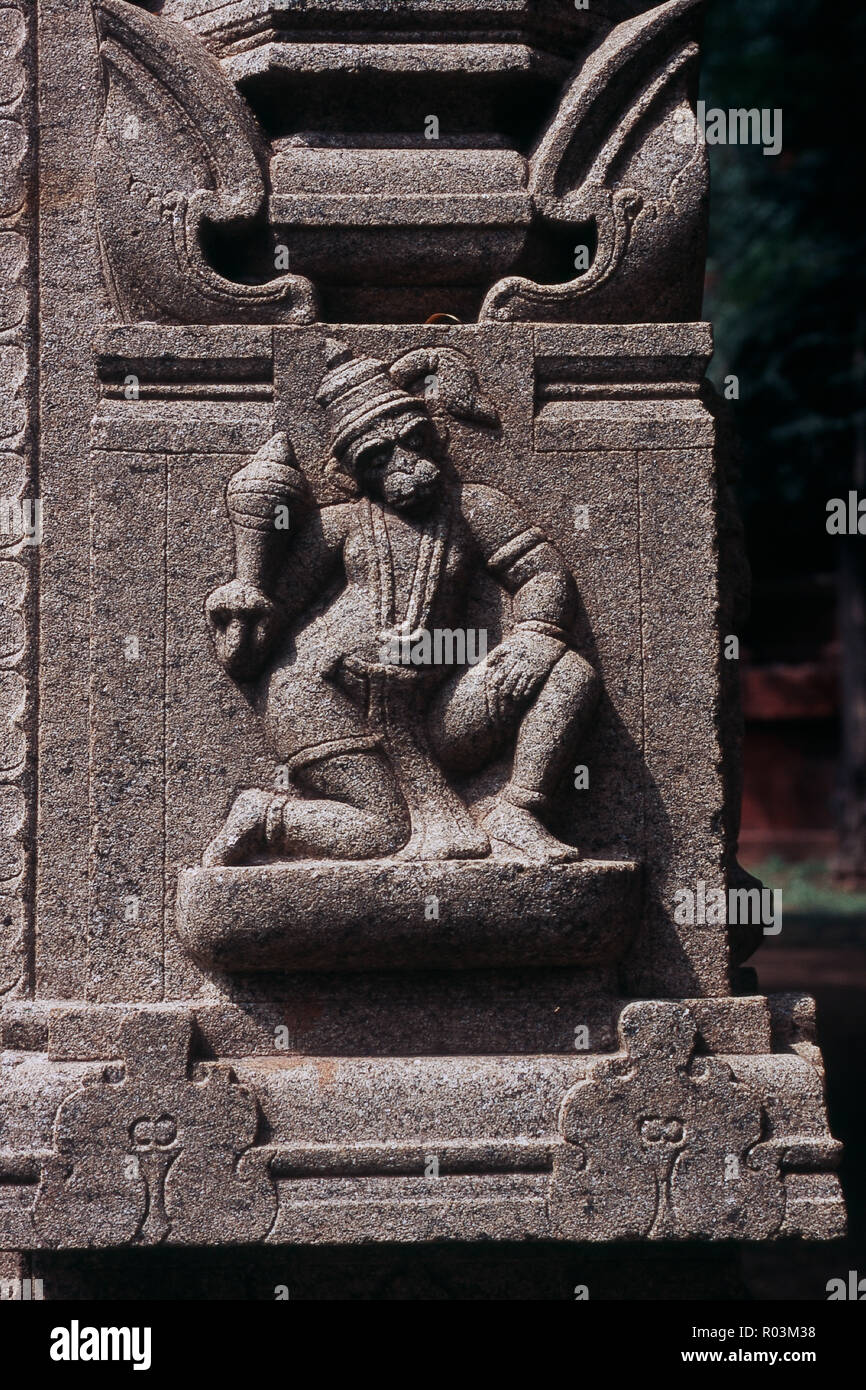
This bewildering quantity will itself suffice to show the extent to which the art of casting images or figures in metal had been practiced in this part of India in the past-unprecedented in the history of any other country in the world.

As several of them are so wonderfully wrought and are in accordance with the accepted canons of aesthetics, they are amongst the world’s best treasures of art.
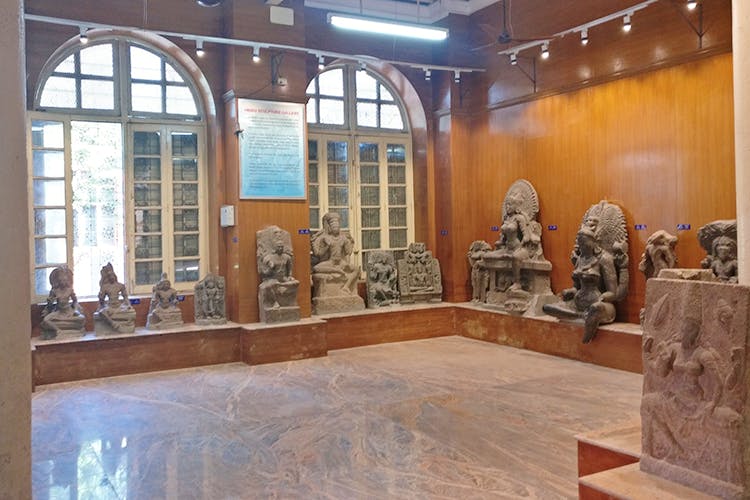
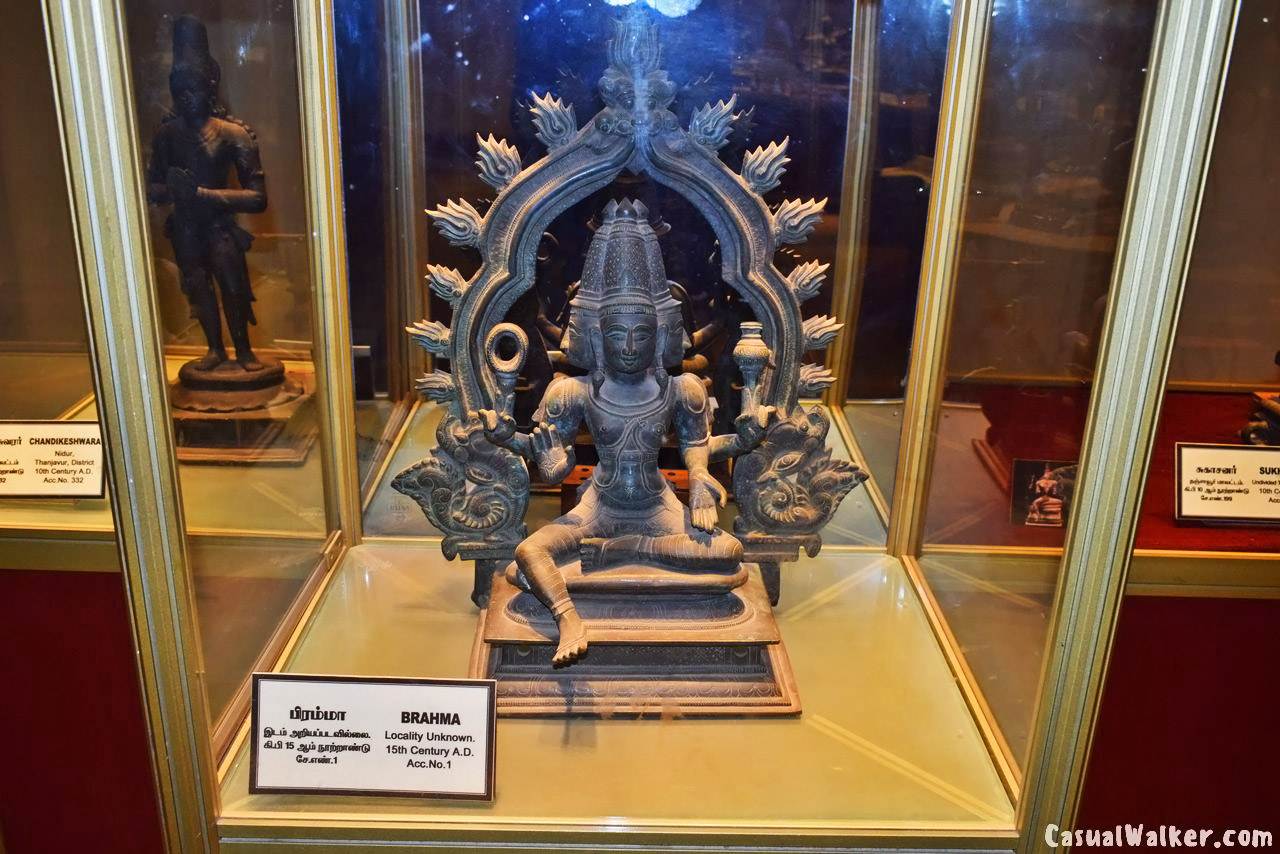
Click here to dive into ‘The Archaeological Section of Chennai Museum to read more
The Art Section
The Chennai Museum has a good collection of paintings and sculptures, both traditional and modern.

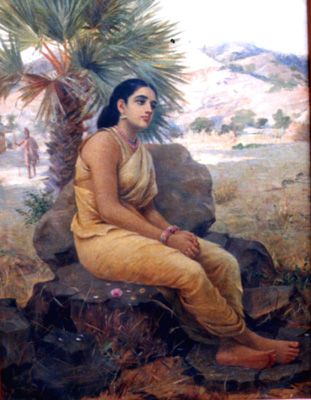
The traditional paintings of Tanjore, Rajput, Moghul, Kangra, Deccani schools and modern paintings in Oil, Tempera, Water Colour, Graphics and Acrylic mediums.
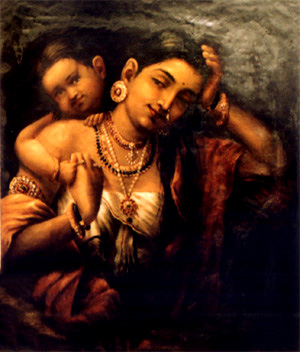
Graphics and modern style metal sculptures are also in the collections.
Tanjore paintings depict the figures of Tanjore Maratha Kings and Queens and Puranic (mythological) scenes from Tamil Literature.
Rajput paintings belong to 16th and 17th centuries AD. They illustrate the rhythm of love based on musical modes. The court scene of Emperor Babur, portraits of Jehangir, Shah Jehan, animals and birds are the subject matter of Moghul paintings.
The Kangra paintings represent Krishna legends as the main subject. There are twelve Portraits of British Governors and Governors-General in the collections.
The Raja Ravi Varma paintings, which are considered as National Treasures, have been placed in a gallery with Fibre Optic lighting. This system of lighting gives a dramatic lighting effect. It also removes ultra-violet and infra- red rays, which are harmful to the paintings.
The Contemporary Art Gallery has been lit using Dichroic Halogen lamps. These lamps reflect back the heat. Therefore, the paintings are prone to the least possible damage. They also have a pleasing visual effect.
These lighting methods are technology demonstrators and a first for museums in India at the time of their installation in 2001 AD. Click the MuseumWebsite to read more



